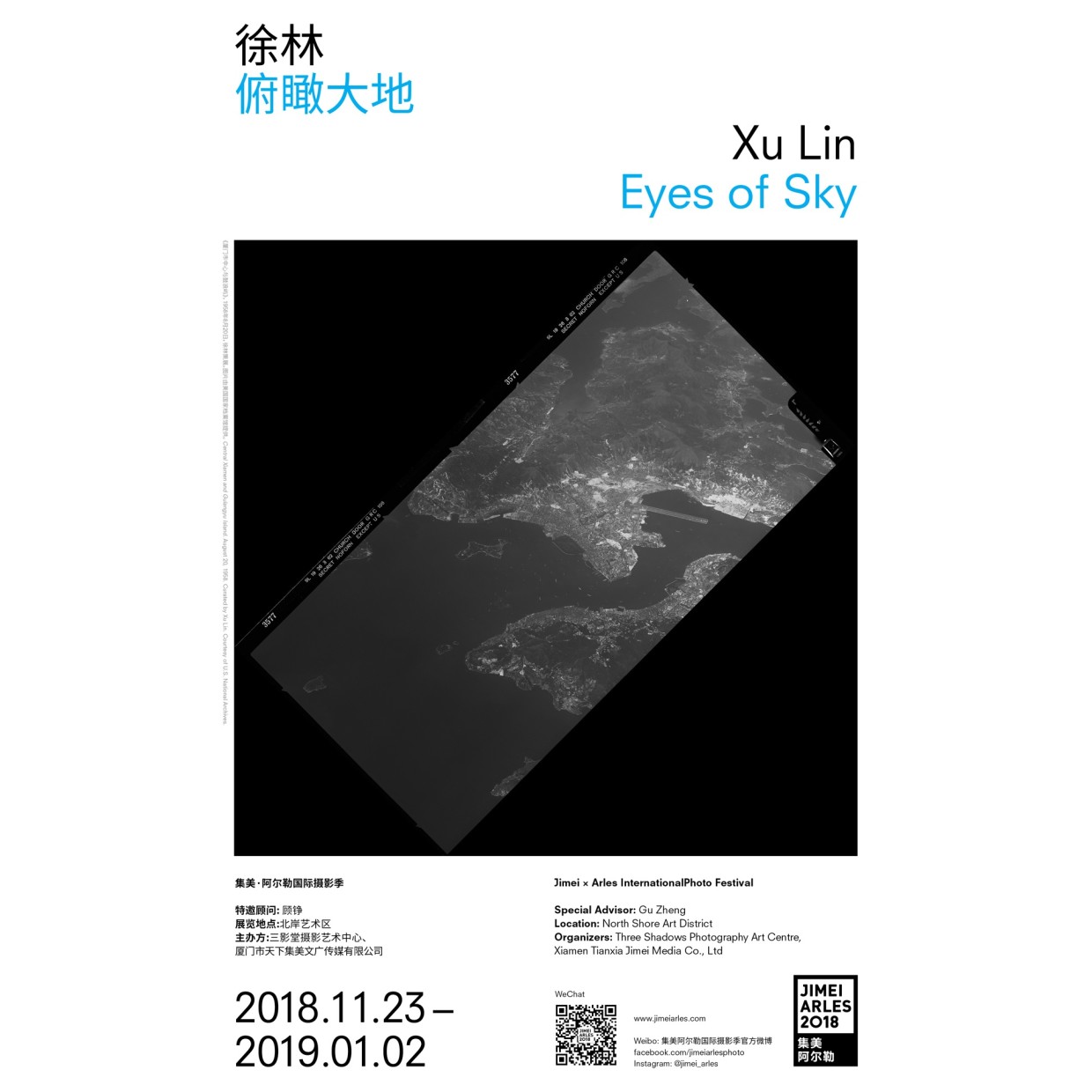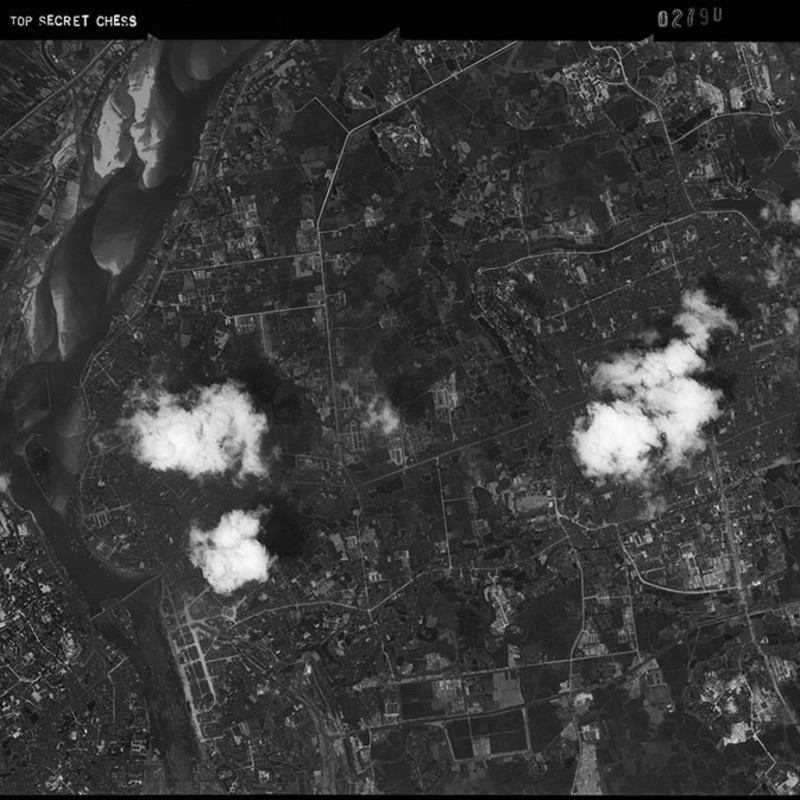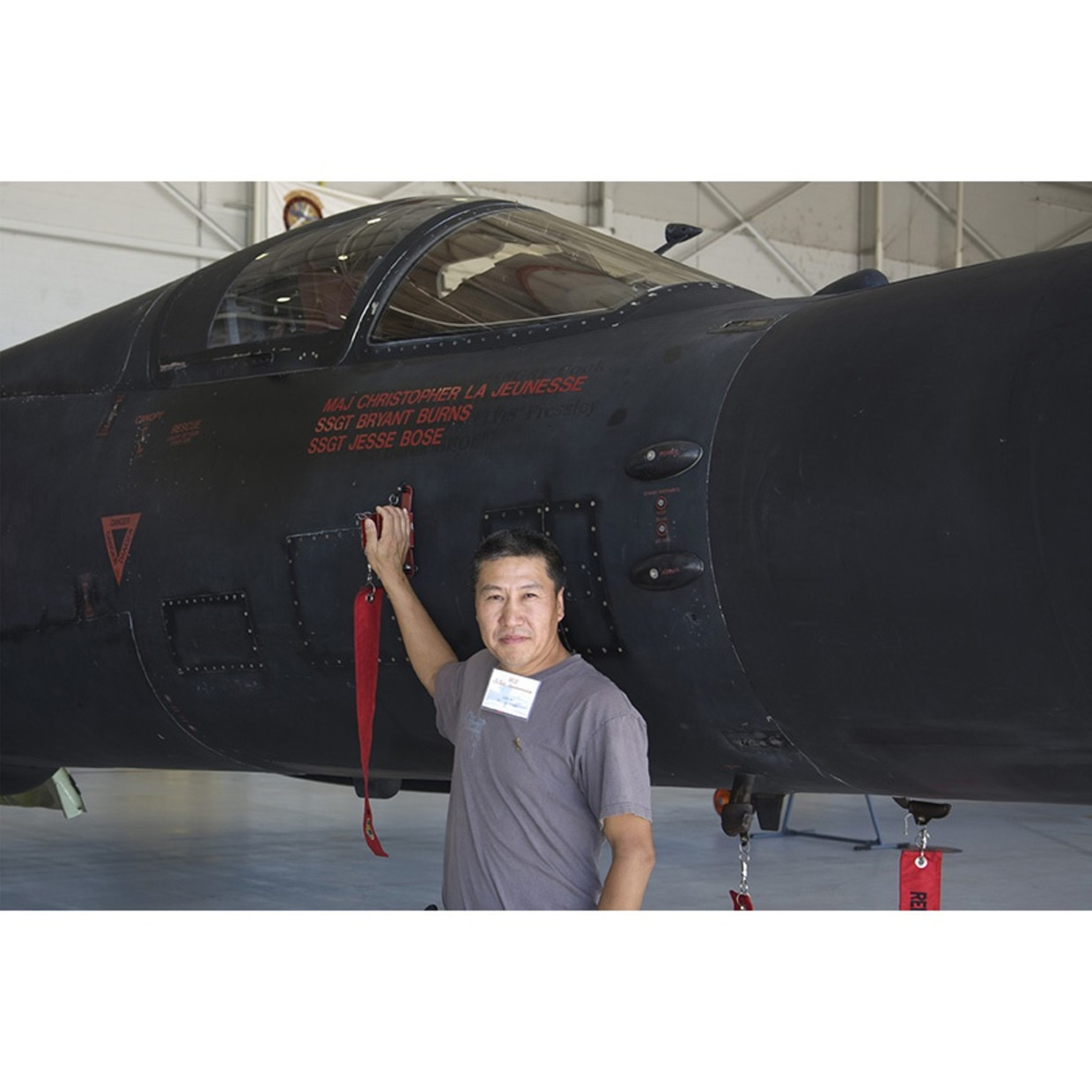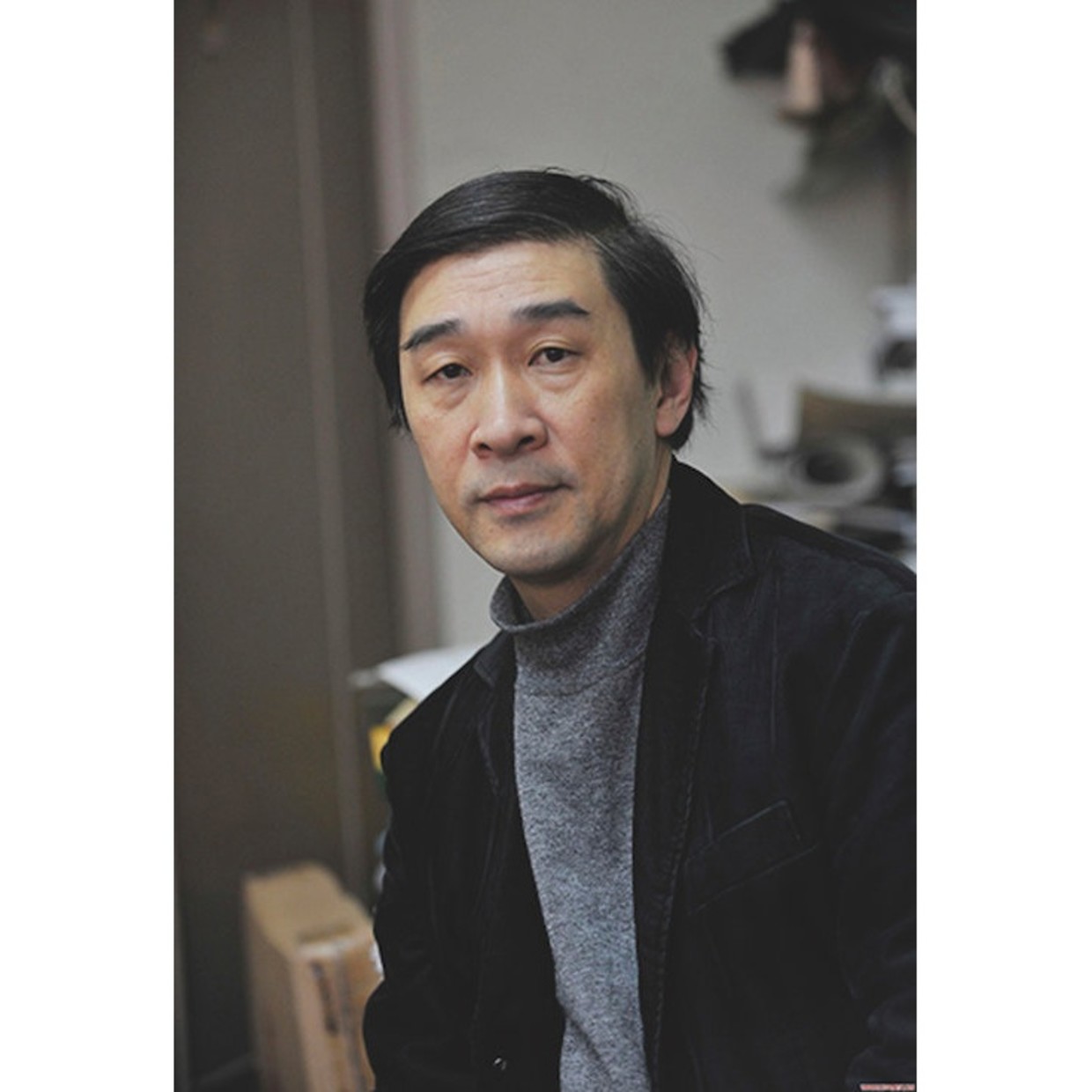GU ZHENG
Born in 1959, Ph.D. (Osaka Prefecture University, Japan, 1998), Professor of the School of Journalism, Fudan University, Vice-director of the Research Center for Visual Culture, Fudan University. A member of the editorial committee of Chinese Photography (Beijing), a contributing editor for Aperture (New York), a member of editorial board of European Photography (Berlin). He lives and works in Shanghai, China.
Gu has published several books about contemporary photography and photographic history, including No Truth Behind All Truth: The Practices of 20th Century Modern Photography (2002), Expression of the City: 20th Century Urban Photography (2003), The Sixth Face of Modernity (2008), Conceptual Street (2010), Chinese Contemporary Photography (2011), and Photographer, who is on the Road (2013).
He has curated many exhibitions such as Miao Xiaochun: A Visitor From The Past (Epsite Gallery, Beijing and Shanghai, 2004), Documenting China (Bates College Museum of Art, Maine and China Institute, NY, USA, 2004), Between Reality and Memory (Parsons School of Design, New School University, NY, USA, 2004), 2005 Guangzhou International Photography Biennale: Reviewing The City (Guangdong Museum of Art, 2005), Chinese Urban Documentary Photography (Institute for the Humanities, University of Michigan, USA, 2005), Harvest: 1st Chinese Photography Exposition (Art Scene China, 2005), Harvest: 2nd Chinese Photography Exposition (Art Scene China, 2006), Developing China 20 Years of Chinese Contemporary Photography (Nanjing Square Gallery, Nanjing, 2006), Will to Height: Contemporary Art Exhibition (Epsite Gallery, Shanghai, 2010), Aura & Post Aura: 1st Beijing Photo Biennial (Contemporary Art Museum of The China Millennium Monument, Beijing, 2013).
He was the winner of the Chinese Photography Golden Figure Prize (Theory and Criticism) in 2001 and the 1st Shafei Photography Award (2007). He is a jury member of World Press Photo (2013).





